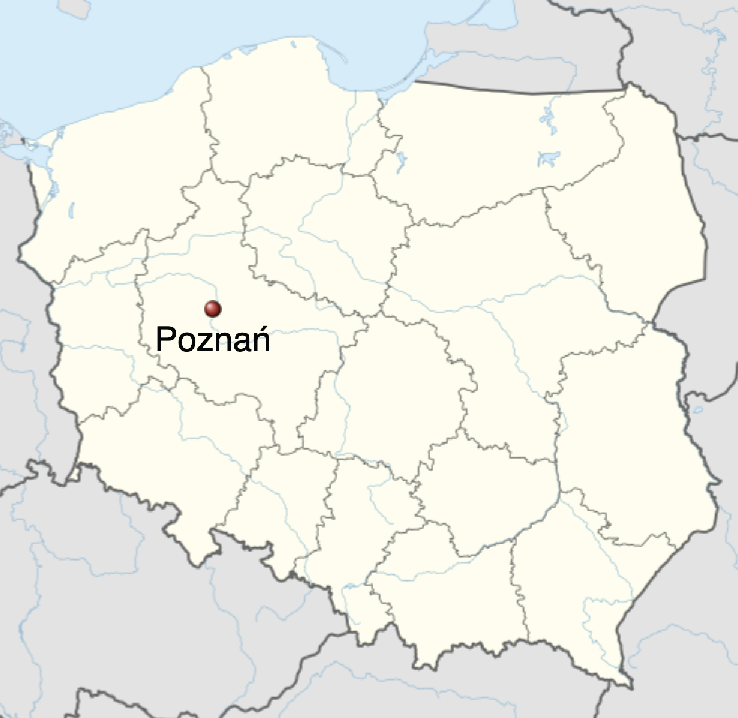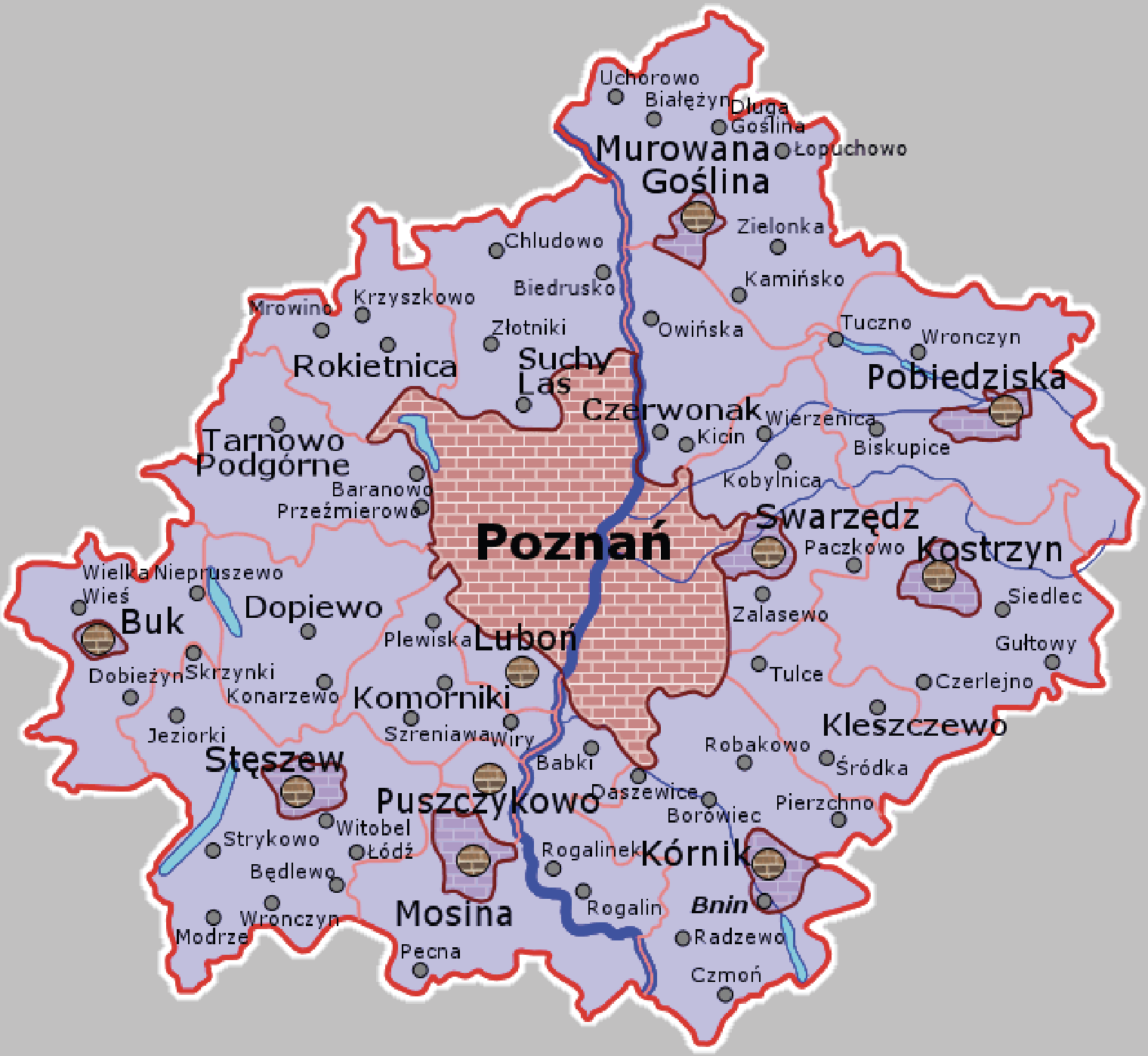Connellsville A Family History
Cominsky
Mary Adeline Cominsky (Charles Stanly Lightburn’s mother)
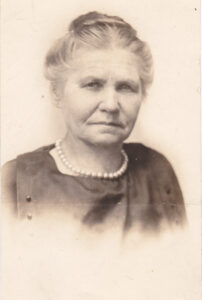
b 1886 , Poland m 1908 Charles Borrmeo (né Cain) Lightburn b 1911 son Robert Whitfiled Lightburn (1911-1991) b 1913 Charles Stanly Lightburn (1913-1973) b 1915 Marcella Lightburn Kingsbury (1915-1990) d 1944 Charles Borrmeo Kane Lightburn (1884-1944) d 1977
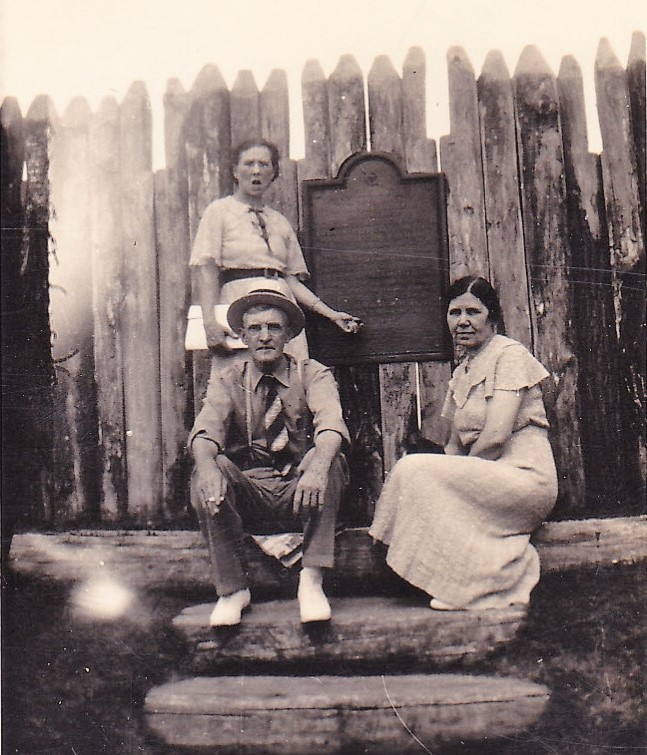
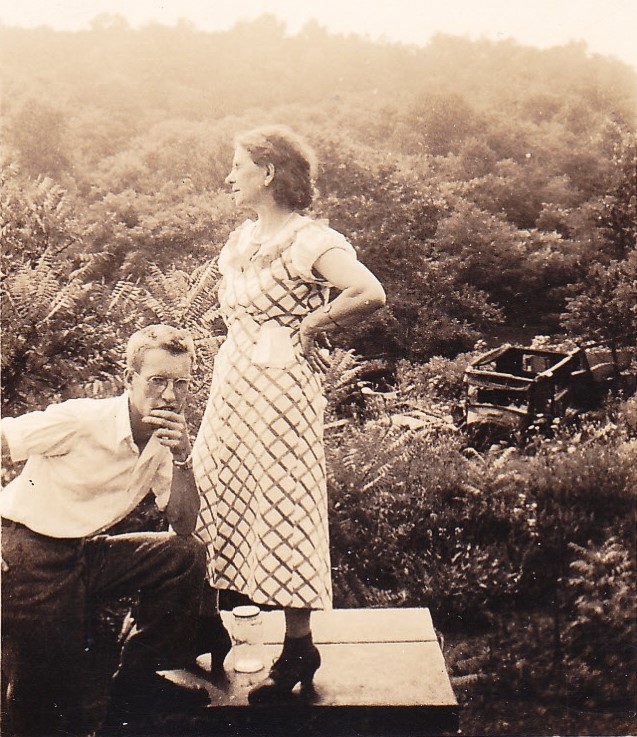
Daily Courier 1977 Feb 25
MRS. MARY A. LIGHTBURN
Mrs. Mary A. Lightburn of 11442 N. Sixth St. died Thursday afternoon in Connellsville State General Hospital. She was born in Poland, a daughter of the late John and Catherine Cominsky. She was a member of Immaculate Conception R. C. Church, the Christian Mothers, Court Annunciate, Catholic Daughters of America, and also the Book Club. She is survived by one daughter, Mrs. Ralph (Marcella) Kingsbury of Rocky River, Ohio; two sons, Charles Lightburn of Connellsville and Robert Lightburn of Panama City, Fla.; four grandchildren, and three great-grandchildren. She was preceded in death by her husband, Charles B. Lightburn, two brothers and one sister.
Brother: Stanley Cominsky
Left wife and child Connellsville Mary Ankus 4’7” high heels short skirt Worked in the steel mills Worked in Detroit 6’ big guy, drove black cadillac, 6ths street, thick glasses, loud
Notes from mom:
Brother’s Sisters letters from Poland brought a string down to show thier waste
Mary had a Turtle Flossie. Charlotte dropped Flossie
Aunt Cathy had a relationship with Mary.
Poznań is the fifth-largest city in Poland. As of 2023, the city’s population is 540,146, while the Poznań metropolitan area (Metropolia Poznań) comprising Poznań County and several other communities is inhabited by over 1.029 million people.[2] It is one of four historical capitals of medieval Poland and the ancient capital of the Greater Poland region, currently the administrative capital of the province called Greater Poland Voivodeship. [Wiki]
In the early 1900s, Poznań was a regional capital under German control, part of the Province of Posen in the eastern German Empire. Although ruled by Prussia, the city’s population—around 130,000 by 1910—was mostly Polish, alongside a German minority and a small Jewish community. Germanization policies controlled schools, government, and public life, enforcing the German language and restricting Polish culture. Still, a quiet resistance grew behind the scenes, as Polish families, churches, and civic groups worked to preserve their identity through education, newspapers, and underground societies.
Poznań was both a military garrison town and a growing industrial center. Surrounded by farmland, it served as a hub for food processing, textiles, machine works, and printing. Railroads connected the city to Berlin and Warsaw, and new factories rose near working-class neighborhoods of brick tenements and Lutheran churches. Despite official German dominance, Polish civic life thrived in the margins—credit unions, choirs, theaters, and study clubs quietly nurtured national pride and community strength.
As World War I drew to a close, long-suppressed hopes for independence erupted. On December 27, 1918, Polish citizens in Poznań launched the Greater Poland Uprising, seizing control of the city from German forces. Within weeks, the city was part of the newly reborn Polish Republic. For those who left during this period, Poznań was remembered as a proud, ordered city—German on the surface, but unmistakably Polish in spirit, held together by quiet defiance and strong community ties. [Chat GPT]
Pozan Szargen, Poland
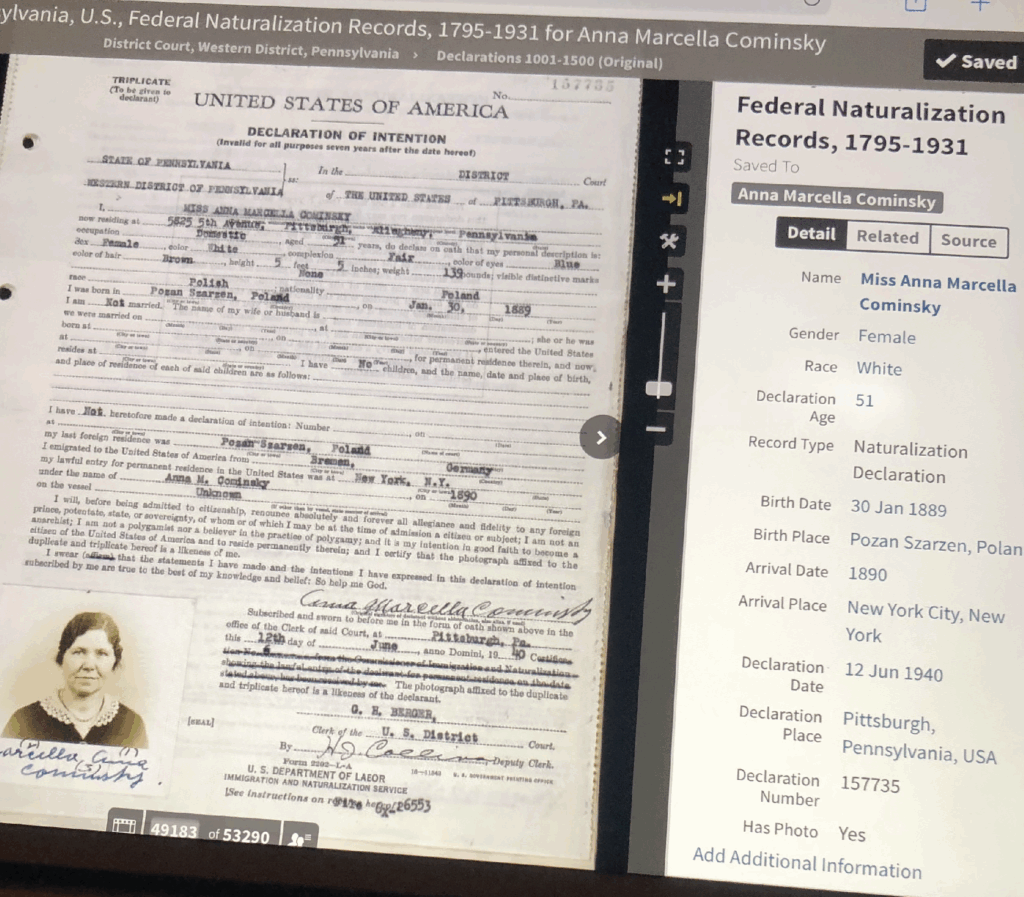
b 1/30/1889
From Robert Lightburns notes:
What’s weird about where Aunt Annie was in 1940 was her address in Pittsburgh on 5825 5th Avenue. In law school in 1974 I had an apartment at 5819 Fifth Avenue! It was right across the street from Chatham College. I recall a US Census for Grandma Lightburn after 1900 sometime where she gave her birthplace as Austria. At that time there really was no country of Poland – I think it was part of Austria Hungary until after WW1. I remember Aunt Annie, who lived next door to Grandma Russo.
Details Ellen is not listed on Mary Florence’s birth certificate as her mother. Instead, Ellen O’Grady is listed as the mother. This appears to be in error, but Ellen had an older sister, Margaret Cluskey, who had married Michael O’Grady in England and who lived in McDonald Pa (near Cecil, Pa) after they emigrated to the United States.
We know that Ellen kept in touch with her sister and there was a notice in the local paper in 1938 indicating that there was a family reunion that Ellen and Robert did not attend, nor did Charles B. of Connellsville, Pa. Also, Cecil, Pa, which is where Mary Florence was born is very close to McDonald where Ellen’s sister and husband lived.
Charles B. is listed in the US census of 1900 as living in West Liberty Allegheny County (now part of Pittsburgh) with Ellen, Robert W., and his sister Mary Florence.
He is also listed as living in Dunbar, Pa in the 1910 census, although this might be problematic because he married Mary A. Cominsky on August 27, 1908.
It appears that Charles B. lived on Tenth Street on the West Side in Connellsville until he bought a house in 1918 on 118 South Sixth Street.
In the 1920 census Charles B. is listed as living in Connellsville with his wife (Mary A.) and their 3 children, Robert 8, Charles S. 6, and Marcella 4. I do have a draft card registration for him from early 1942 when the draft was in effect for World War Two. He was nearly 60 at the time and he did not end up serving in the military. He was 5 feet 9 inches tall and weighed 138 pounds. He had brown eyes and brown/gray hair. His complexion was “ruddy.”
He was a foreman at the Connellsville location of the Mine Supply Company.
He died on November 13, 1944 of an apparent heart attack.
After Robert W’s death his wife Ellen ended up living with her daughter Mary Florence. Mary Florence had married Hayes Liston and the couple had several children. Mary Florence lived near Uniontown Pa, with her mother, until Ellen died in 1944, and her husband until her death in 1958. Some information about Ellen and Mary Florence comes from a conversation I had with 92-year-old (at the time of the conversation in 2012) Loretta Winski (daughter of Mary Florence Liston and Hayes Liston). She confirmed Mary Florence and Charles B were brother sister and not step siblings. She indicated that Ellen ran a boarding house where she may have met Lightburn in the early 1890s. Loretta describes Ellen as a “5 foot tall redhead who did not get along with people very well.” Loretta also mentioned that Ellen was a Catholic, but her husband Robert was not. This would imply that when Mary Florence was born in 1888, she would have been baptized a Catholic in a church near Cecil, Pennsylvania. The church that is in McDonald, Pennsylvania is Saint Alphonsus. I attended Mass there in 2013 or 2014 but found that all old records had been destroyed in a fire several years before in 1908. I did not check out the O’Grady connection (see discussion above). I know that there were at least 16 children from that marriage of Ellen’s sister, Margaret, and Michael O’Grady. One other thing Loretta mentioned was that Charles Cain died within a year of coming over to the US. This puts his death very near the birth of Mary Florence which means there is a good chance he died somewhere near the McDonald area and, if still Catholic, I would guess he possibly could have been buried near there. The main open item in the above discussion is what happened to Charles Cain after he emigrated to the US, including how did he die, where is he buried, etc. I would also like to track how Ellen, Charles, and Charles B. got to the US (separately, together, with their son, etc). Also, I would like to explore when Robert W. was first married (in England apparently) and to whom. I have not explored the Cain, Cluskey, or Lightburn families back before the early 1820s and their origins in Ireland. Looking back at their origins would be interesting.
Drafted by Robert C. on 1-2-21.
